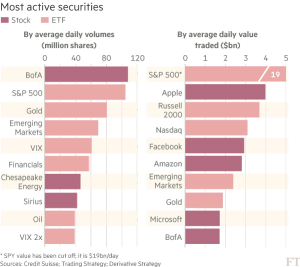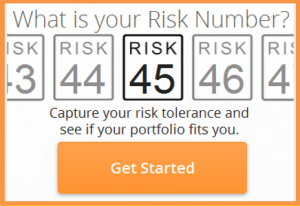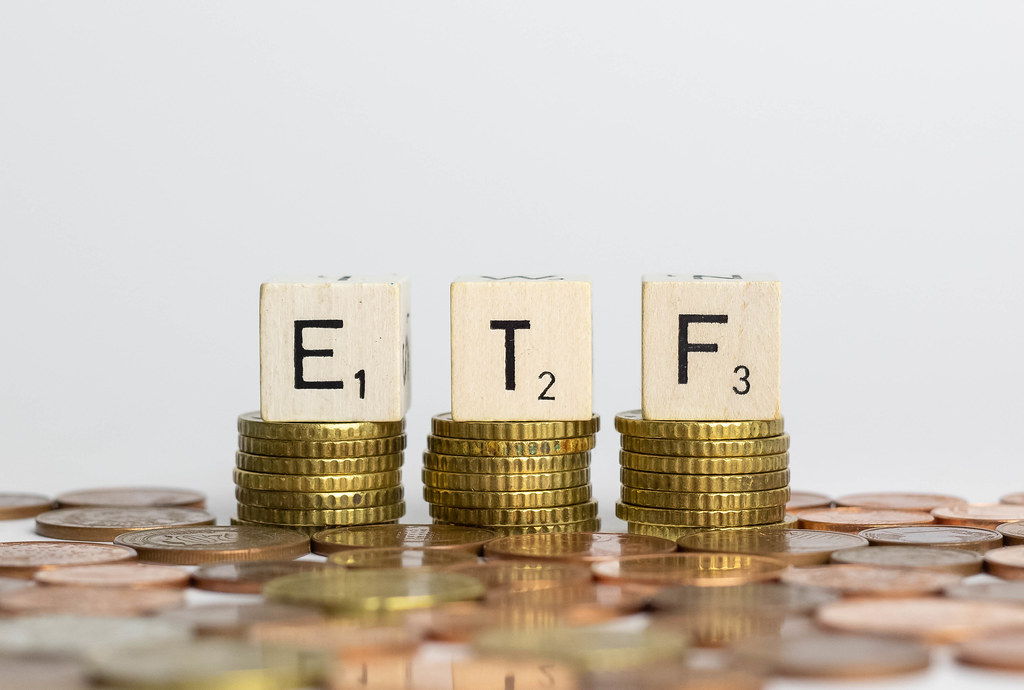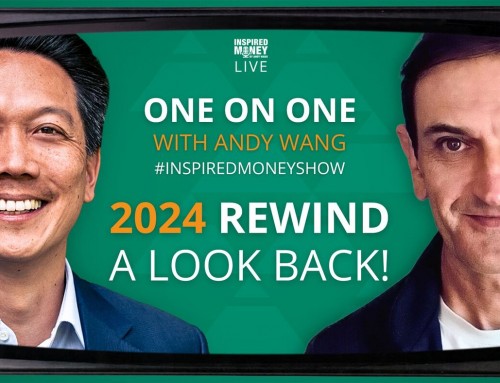When you go grocery shopping and walk down the cereal aisle, are you overwhelmed by the number of varieties? There are probably too many choices. Today the same situation exists in the stock market. Investors have so many choices that you literally have tens of thousands of alternatives.
In the last 10 years, there has been a dramatic shift away from mutual funds and into exchange traded funds or ETFs. The amount of mutual funds peaked around the year 2000 and has remained pretty constant around 8000 funds. In the meantime, the number of publicly traded stocks has declined steadily and the amount of ETFs has been on the rise. Today the number of funds and ETFs is almost 3x the number of stocks available on US exchanges. If you add them all up, you have roughly 13,000 potential investment options between stocks, ETFs and mutual funds.
In addition, ETFs now account for a huge amount of daily volume. In volume terms, seven of the 10 most actively traded securities on US stock markets were ETFs, not shares. ETFs now account for about 30 percent of all US trading by value and 23% by share volume.

The flaw: the high cost of low expense ratios
The big shift to ETFs has largely been driven by the move from higher cost mutual funds and into lower cost ETFs. This makes sense to an extent and everyone looks smart when the bull market grinds longer and longer. However when a bear market hits especially one like 2008/9, expense ratio is far from the biggest cost of investing. What is? Watching your portfolio's value melt down because you didn't take protective measures by shifting to defensive assets. This is where a great money manager will prove their worth because in down markets you can make a big impact by not losing money! Asset allocation makes the difference not simple diversification.
Runnymede's use of ETFs
Runnymede has been a proponent of ETFs for many years before they became the popular trend. Back in an interview from Treasury Management International in 1995, Runnymede was on the cutting edge of ETF investing and developed a strategy called Index Equity Plus with the ETF SPY as its core holding.
Today we continue to use ETFs in client portfolios. In smaller accounts, ETFs work well to give clients broad diversification. For example for a $10k account, it wouldn't be cost efficient to own 30 stocks because the transaction fees would eat into the returns. Instead, buying one ETF like IVV (iShares S&P 500) is free to trade at custodians like Fidelity and TD Ameritrade and is the equivalent of owning 500 stocks.
For larger accounts, we use ETFs for a couple of reasons. First, we like to a have piece of the portfolio (25-30% of equity allocation) that can be quickly liquidated and moved to cash when we feel like the risk of a bear market is considerable. Secondly, we use ETFs when we are looking at markets outside of the US like emerging or international markets where we want to have exposure with diversification.

“ETF on golden coins” by wuestenigel is licensed under CC BY 2.0






